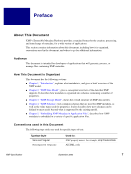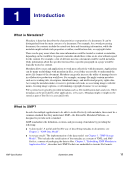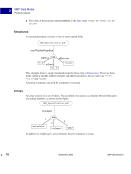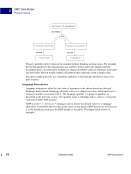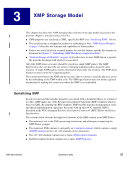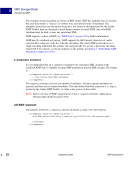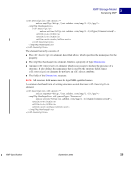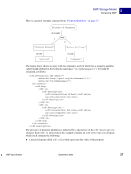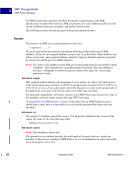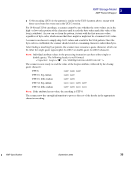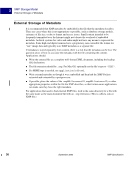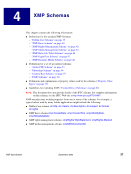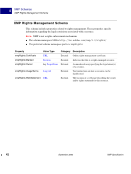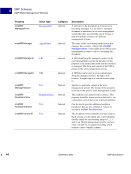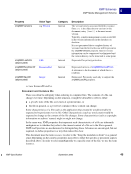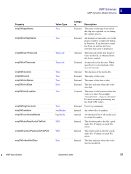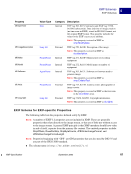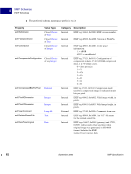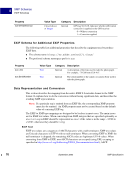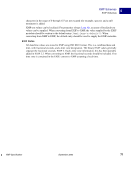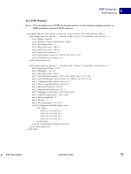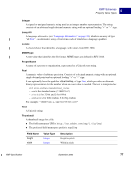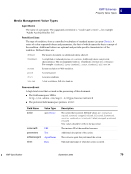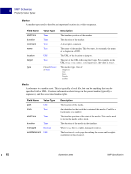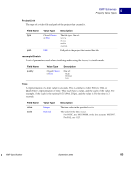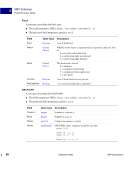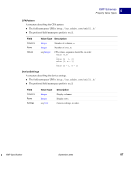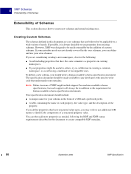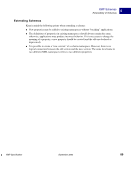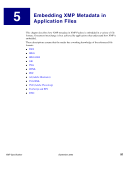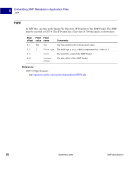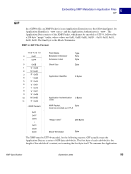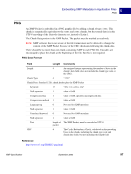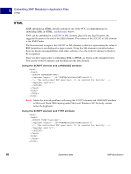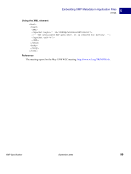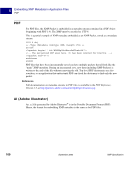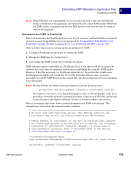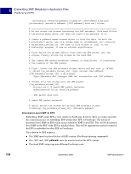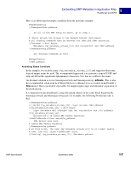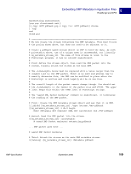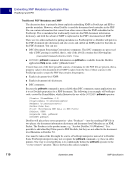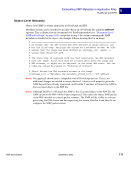XMP Specification September 2005 13 2 XMP Data Model This chapter describes the kinds of data that XMP supports. ● Metadata Properties” describes how metadata items are associated with a document in the form of properties. ● “Schemas and Namespaces” on page 14 discusses how properties are named and organized into groups called schemas. ● “Property Values” on page 15 describes the data types that can be used for XMP properties. Metadata Properties In XMP, metadata consists of a set of properties. Properties are always associated with a particular entity referred to as a resource that is, the properties are “about” the resource. A resource may be: ● A file. This includes simple files such as JPEG images, or more complex files such as entire PDF documents. ● A meaningful portion of a file, as determined by the file structure and the applications that process it. For example, an image imported into a PDF file is a meaningful entity that could have associated metadata. However, a range of pages is not meaningful for a PDF file, because there is no specific PDF structure that corresponds to a range of pages. In general, XMP is not designed to be used with very fine-grained subcomponents, such as words or characters. Any given property has a name and a value. Conceptually, each property makes a statement about a resource of the form “The property_name of resource is property_value.” For example: The author of Moby Dick is Herman Melville. This statement is represented by metadata in which the resource is the book“Moby Dick,” the property name is “author,” and the property value is “Herman Melville,” as in the following figure.
Purchased from Demo (abedemo.tizrapublisher.com) for the exclusive use of unknown. © 2025 Demo. Please report unauthorized use to pirate@tizra.com







